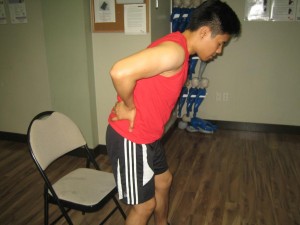Commonly known as a broken bone, a fracture can become a cause of an emergency especially when the location is near a vital organ of the body. A fracture comes in different types and degree of urgency for the need of medical attention. While bones are known as rigid structures they can become susceptible to breaking especially when a blunt force is applied to it or when it is subjected to a sudden traumatic blow. However, not all cases of fractures are caused by a mechanical force. It may be due to physiological causes too such as when the bone loses significant mineral that keeps it strong as in the case of osteoporosis. It may also be due to overuse that causes the bone to weaken.
Identifying the signs and symptoms of a fracture
The presence of a broken bone can cause significant pain and may limit movement. The degree of discomfort will also depend upon the extent of the break on the bone. The involvement of a larger bone can become more problematic to the person and may even be debilitating in certain cases. A fracture to the femur (leg) and on the pelvis (buttocks) can prevent the person to walk or sit comfortably. Smaller bone fractures heal better and faster and their symptoms are less more serious than when a larger bone is involved.
In most case, the common symptoms of a fracture include bruising, swelling and pain. To a certain extent, a deviation on the normal angle of a bone may also become apparent. Because of pain the person will have difficulty in moving the affected part of the body. An open fracture is more difficult to manage as it may cause bleeding.
What to do on a fracture

Moving the fractured part of the body can possibly complicate the condition thus it is best not to move the area where a fracture is suspected. Wait until a health care provider arrives and is able to assess the condition better. A splint is usually applied on a broken bone the purpose of which is to protect the bone against further injury by providing a supportive structure to keep the bone immobilized. Unless you know how to manage a broken bone, it is best not to move the broken body part.
Open fractures will bleed and the application of a first aid treatment may be necessary. To stop the bleeding, cover the open wound to prevent further blood loss. This will also prevent dirt and organisms to have a free entrance over the wound that may cause an infection.
References:
American Academy of Orthopedic Surgeons. Fractures (Broken Bones). Accessed on June 5, 2014 from http://orthoinfo.aaos.org/topic.cfm?topic=a00139
